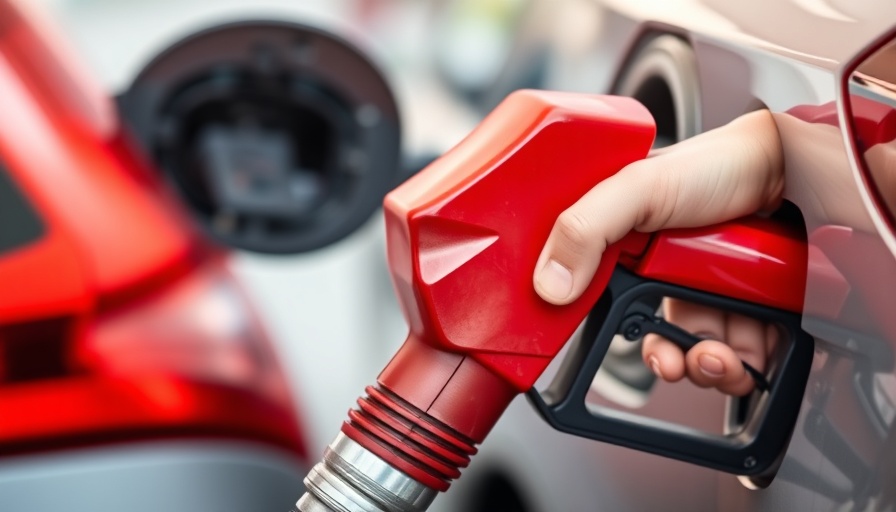
Stay Safe: Avoid These Common Mistakes at the Gas Pump
Pumping gas might seem like a routine task, but safety should always be a priority. Whether you refuel your vehicle frequently or just on occasion, it’s key to be aware of the potential hazards. Here are ten important things to steer clear of to keep yourself and your vehicle safe while at the gas station.
Don’t Leave Your Engine Running
One of the first rules of thumb when refueling is to turn off the engine. Keeping your vehicle in park and the engine off reduces the risk of possible ignition from fuel vapors. It’s also wise to disconnect any auxiliary power sources, like phone chargers, as they can also pose a risk.
Don’t Get Back in Your Vehicle
While it might be tempting to seek a little comfort in your car while waiting, it’s advised to stay outside. Re-entering your vehicle can build static electricity that, upon touching the car, could trigger a spark. Staying out ensures you remain alert and minimizes any ignition risks.
Put Away the Cellphone
Having your phone out can distract you when you should be focused on the task at hand. Although using a cellphone isn’t a direct fire risk, gas stations are inherently busy environments. Avoiding phone usage can help you stay aware of your surroundings and maintain safety while pumping gas.
Don’t Overfill Your Tank
It’s essential not to top off your tank once the automatic shut-off kicks in. Overfilling can lead to gasoline spills, which not only waste fuel but also create hazardous situations. An overflowing tank can also damage the vapor recovery system, impacting efficiency and safety.
Wash Gas Off Skin and Eyes Immediately
If gasoline comes into contact with your skin or eyes, it’s vital to act promptly. For skin contact, wash the area thoroughly with lukewarm soap and water. If gasoline gets in your eyes, flush them out with water for at least 15 minutes, while avoiding rubbing them. Addressing these issues promptly can prevent serious injury.
Keep Children Safe
When filling up your tank, it’s a good practice to keep children inside the vehicle. This avoids unnecessary risk as kids can easily get distracted and wander near moving vehicles or the gas pump, which can be dangerous.
Don’t Ignore the Local Signs
Always pay attention to station signage. Some gas stations may have specific rules or safety reminders unique to their location. Ignoring this advice can lead to safety oversights that could have been easily prevented.
Watch for Spills and Slips
Gas stations can be slippery due to gasoline spills or rain. Always be cautious when walking in these areas. If you notice a puddle, steer clear. Being aware of your footing while you pump gas can prevent falls and accidents.
Don’t Forget to Secure the Gas Cap
After you’re done pumping gas, make sure to securely put the gas cap back on. An unsealed gas cap can cause your vehicle's engine light to come on, which could impact fuel efficiency and lead to costly repairs.
The Importance of Good Habits for Future Fueling
Establishing good habits today can lead to safer fueling experiences in the future. Developing a routine that includes these safety measures not only protects you but also the environment and other individuals around you. Awareness and diligence at the pump can prevent a multitude of issues ranging from personal injury to vehicular malfunctions.
By recognizing and avoiding these potential pitfalls at the gas station, you can contribute to a safer experience for yourself and others. Make safety a priority every time you fuel up, and instill these habits with your friends and family to create a culture of care and wellness around refueling.



Write A Comment